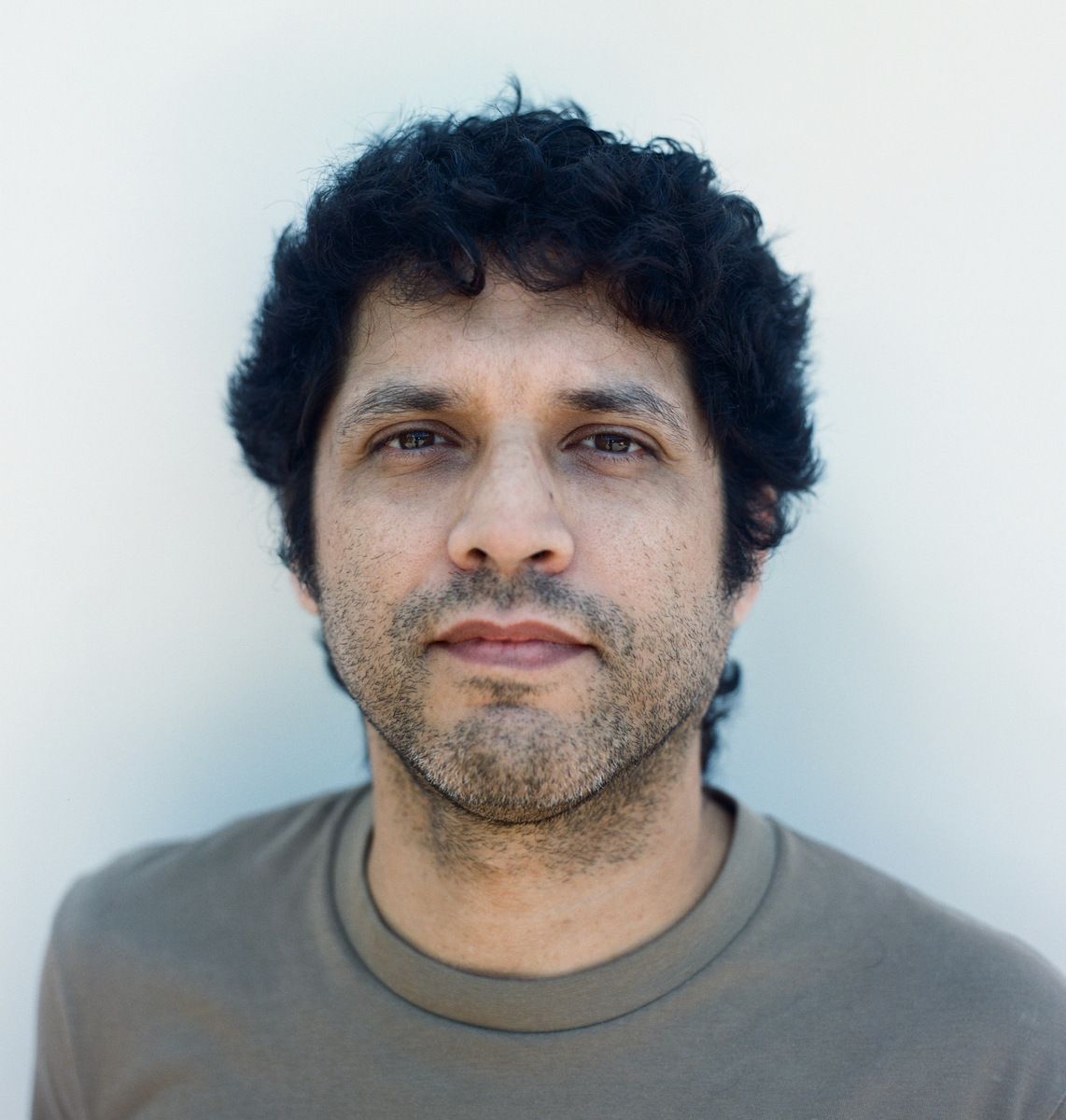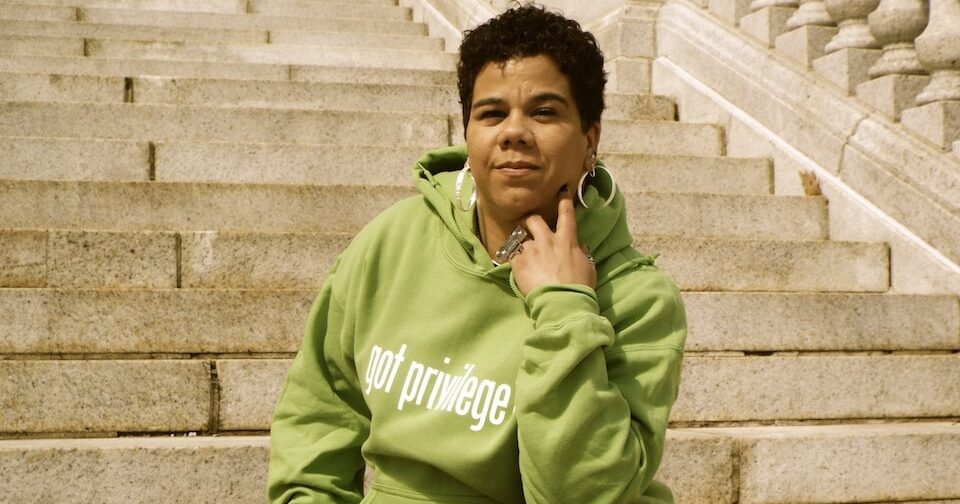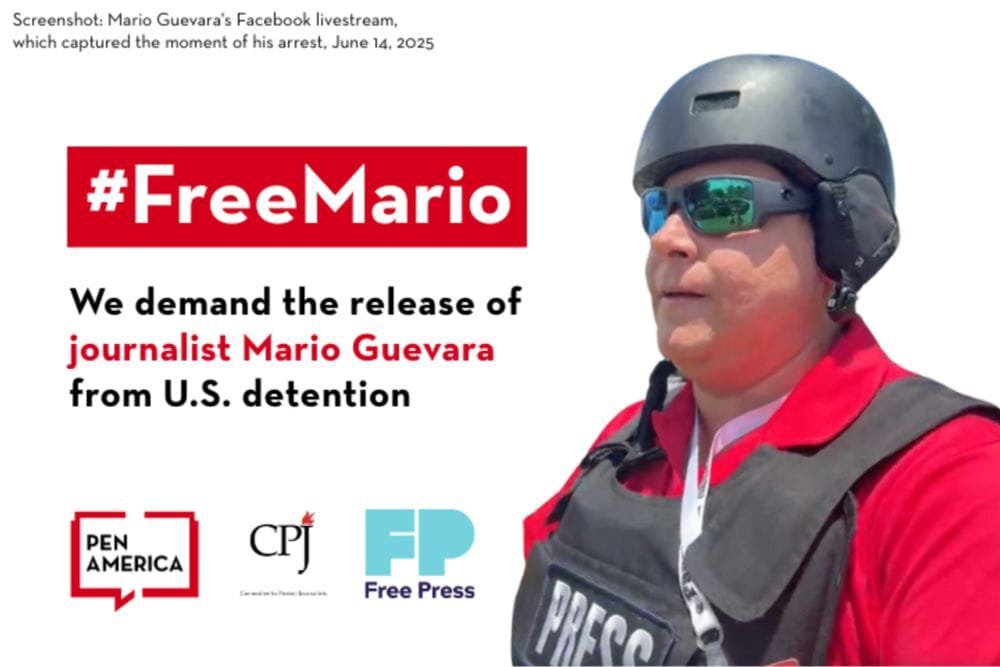Opinion for The Latino Newsletter
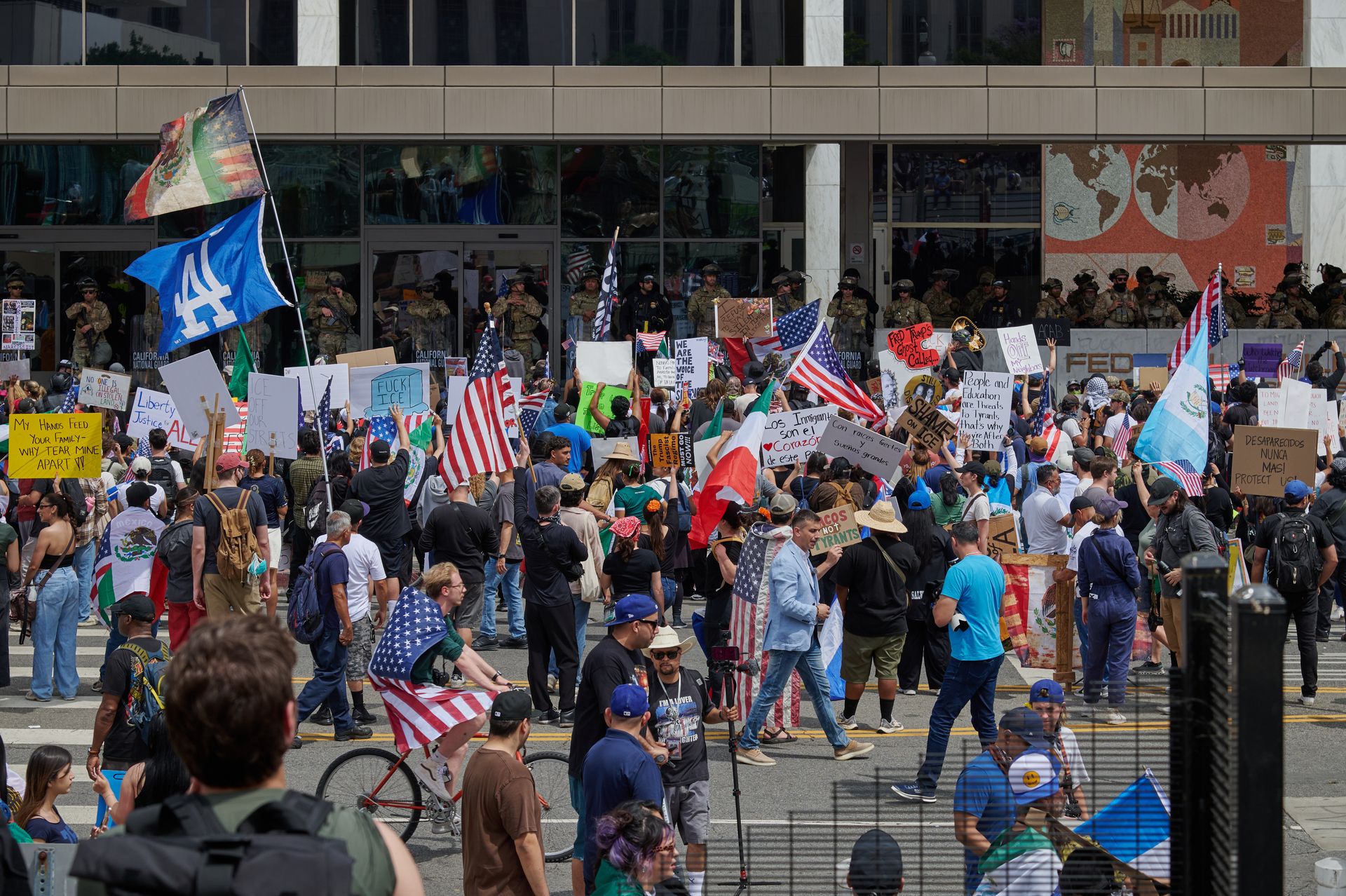
From one of the 2025 summer protests in downtown Los Angeles (Photo by Maks Ksenjak via L.A. Taco)
LOS ANGELES — This city remains under siege by Immigration and Customs Enforcement (ICE). Numerous legal challenges have tried to limit ICE’s worst impulses while community organizers and rapid response groups continue to alert communities about activity. Raids and arrests, however, continue with no end in sight.
It’s not the first time my hometown (and home county) has suffered at the hands of immigration forces. As someone with a disdain for overused phrases and cliches, I will not say that history repeats itself, or that it rhymes, or that it’s a flat circle. Still, there are often parallels that help us reflect on the present with the benefit of the past.
One of my favorite childhood photos tells the story of the summer of 1984 and, by extension, that decade. The Olympics had returned to L.A. for the first time since 1932. I was weeks away from turning three years old and posing next to someone dressed as Sam the Olympic Eagle, the official mascot of that year’s summer games.
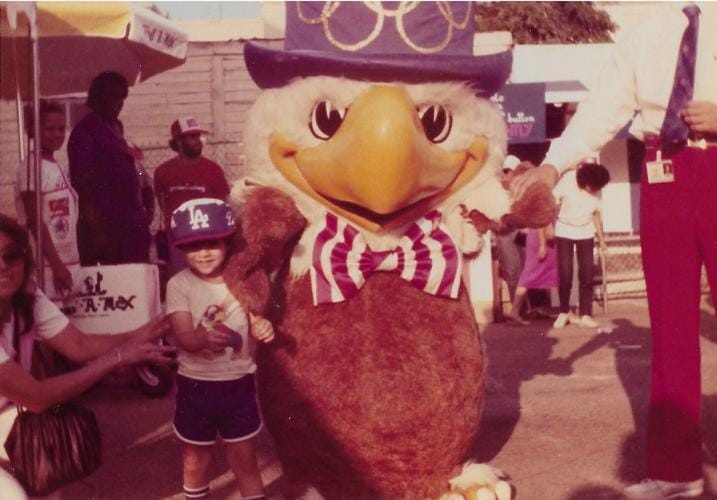
Photo courtesy of Ivan Fernandez
It’s an adorable family moment, but it’s also one that echoes towards this summer.
Immigrants in the 1980s were often terrorized by Immigration and Naturalization Services (INS). Those INS agents didn’t dress like the modern-day chuds in combat gear I saw this past summer in L.A., but they terrorized people just the same in their INS-branded civilian uniforms. One of their favored tactics was workplace raids — factories, warehouses, farms, any place where Latin American or Hispanic immigrants worked was fair game.
Those raids were so common in L.A. and California that they often appeared in popular media. The 1987 film “Born In East L.A.” starring Cheech Marin relies on an immigration raid in the first act of the film as the rising action of its plot. Marin played Rudy Robles, a U.S. citizen pocho who gets swept up in a raid and deported to Tijuana after being unable to prove his citizenship.
The Stephen Miller of the 1980s was Harold Ezell. According to Shelby Grad of the LA Times, “his raids regularly netted hundreds of arrests a day and he once boasted about apprehending 70,000 people in a single month in San Diego County alone.”
The other unspoken detail behind my childhood photo is that my parents — along with my extended family — at the time were undocumented, until 1986 with the passing of the Immigration Reform and Control Act. Many of our neighbors, other people from Mexico and from Central America, most likely benefited from the bipartisan bill as well. Amidst the danger and despair came safety and respite for millions, though not everyone.
Forty-one years later, things are different, yet still very much the same. INS no longer exists, but its methods live on as ICE. Donald Trump and Miller demanded record-setting numbers of detentions and deportations earlier this year. They have yet to reach Ezell’s numbers, but not for a lack of effort on the part of Tom Homan and Kristi Noem.
The raids have also returned, but they’re now conducted by masked federal agents working for ICE and aided — at times and in varying degrees — by U.S. Customs and Border Protection (CBP, the National Guard, and local law enforcement.
The Olympics are also scheduled to return in 2028. What L.A. and the country itself will look like then is anyone’s guess. It’s difficult to be excited for future events when an entire federal administration appears to have no purpose other than to try to break the will of millions of people under the guise of safety.
I was far too young in that 1984 photo to properly grasp what had occurred, much less what could have occurred had sociopolitical events not unfolded as they did during that time. Over the years, the full picture slowly came into view, which leads me back to the present moment.
At L.A. Taco, my peers and I have covered, and continue to cover, ICE activity in L.A., as well as in neighboring Orange County and the Inland Empire. Things often look and feel bleak, but we also encounter stories of ordinary people who continue to survive and thrive despite the efforts of a federal apparatus to the contrary, as well as stories of individuals who risk their own personal safety to protect their neighbors.
Los Angeles has long suffered at the whims of people who have tried to bend it to their own will. The raids of the 1980s were but one in a long line of attempts to subdue immigrants and their families.
But L.A. also has a history of fighting back… and winning.
Ivan Fernandez is the Weekend Editor at L.A. Taco and a lecturer at San Diego State University. He has covered arts, culture, history, politics, and sports with an emphasis on Latin America and its U.S. diaspora for over two decades.
What We’re Reading
El Grito de Benito: A new essay from Rosa Clemente, “Bad Bunny’s historic residency was indeed a testament to pride, love for his people, and love for his country.”
Renowned Writers and Journalists Call for Guevara Release: From PEN America, “More than 100 leading writers, journalists, and scholars have signed onto a letter, sent Tuesday, urging the Department of Homeland Security and Immigration and Customs Enforcement to immediately release journalist Mario Guevara. Guevara has been held in ICE custody in Georgia for more than 100 days—the only journalist currently detained in the United States for his reporting—and now faces imminent deportation.”
The Latino Newsletter welcomes opinion pieces in English and/or Spanish from community voices. Submission guidelines are here. The views expressed by outside opinion contributors do not necessarily reflect the editorial views of this outlet or its employees.
